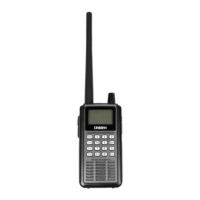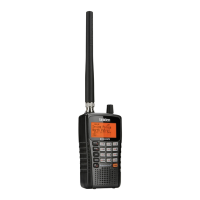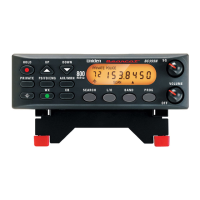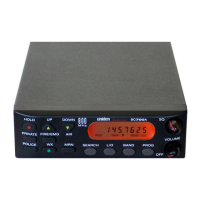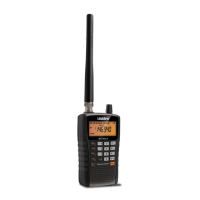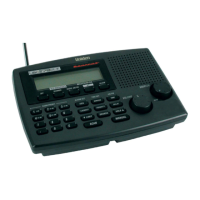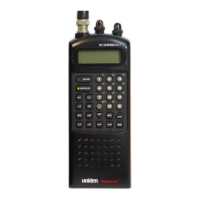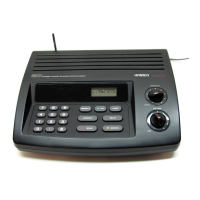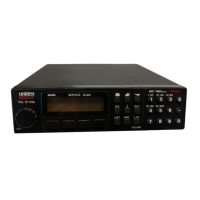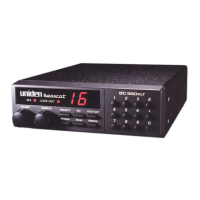60
For the BCD436HP, use the 4-pin mini plug to connect to the scanner using a NMEA compatible
GPS device. The BCD536HP has a 9-pin RS232 male serial connector and you should select a
baud rate of (4800 bps) for the serial port.
A good application of this feature would be to set the longitude and latitude for each multi-site
system transmitter as usually you can receive at least a handful in any given location. Set the
range to around 30 miles and the scanner will automatically Avoid or Unavoid Sites when in and
out of range. It may also be relevant to set different locations/ranges for the Departments within
the site.
You can nd the physical location of antennas using the databases available at Radio Reference
or the FCCs Antenna Structure Registration site.
Both sites list the latitude, longitude, and height of the antenna and both sites can map the exact
location for you.
Once the scanner completes the initial GPS review, if you move into or out of an area covered
by a Site/Department, the scanner will Avoid and Unavoid Sites and Departments according to
Range settings for the scanner and Sites/Departments.
If you cycle power, all Sites/Departments are Unavoided until the scanner reacquires the GPS
signal and completes the initial GPS review.
Note: If you unplug your GPS device or it loses reception to satellites, the scanner will use
the last known location as the current location.
See also Set Location to set your Location, Range, and relevant GPS options.
See also Understanding Location Control and Understanding Range.
All Sites/Departments with locations set and not within range of your current location will be
temporarily Avoided.
DISCOVERY MODE
Trunking Discovery mode allows you to monitor a trunked radio system, logging system channel
activity and recording the audio for channels.
Conventional Discovery mode lets you monitor a range of frequencies, logging frequencies with
activity and recording the audio for frequencies that are not already known to be in use in your
area so that you can more easily identify the users. This includes frequencies used conventionally
as well as in trunked radio systems.
In both modes, you also have the option to compare hits to the Database and log all hits or just
new hits.
If you use the Auto Store option, Discovery will create a new Trunking System for IDs found for
each Session or will create a new Conventional System for frequencies found for each Session.
You can create and save several sessions with different settings. Every time you start a session
you create a Run that can later be reviewed in the scanner or the Sentinel software.
NEW SESSION
Press Menu then scroll to Discovery and press E/yes.
Scroll to Trunking Discovery or Conventional Discovery and press E/yes.
Scroll to New Session and press E/yes.
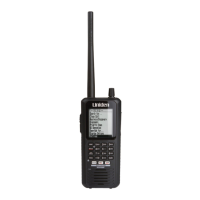
